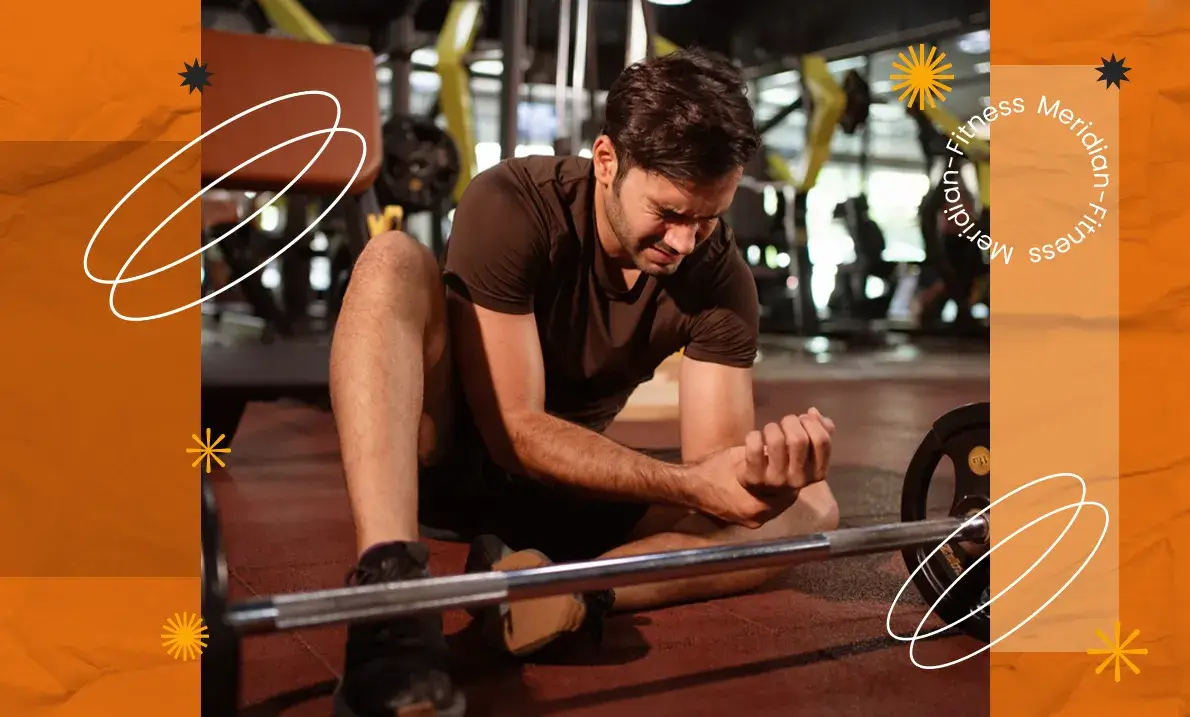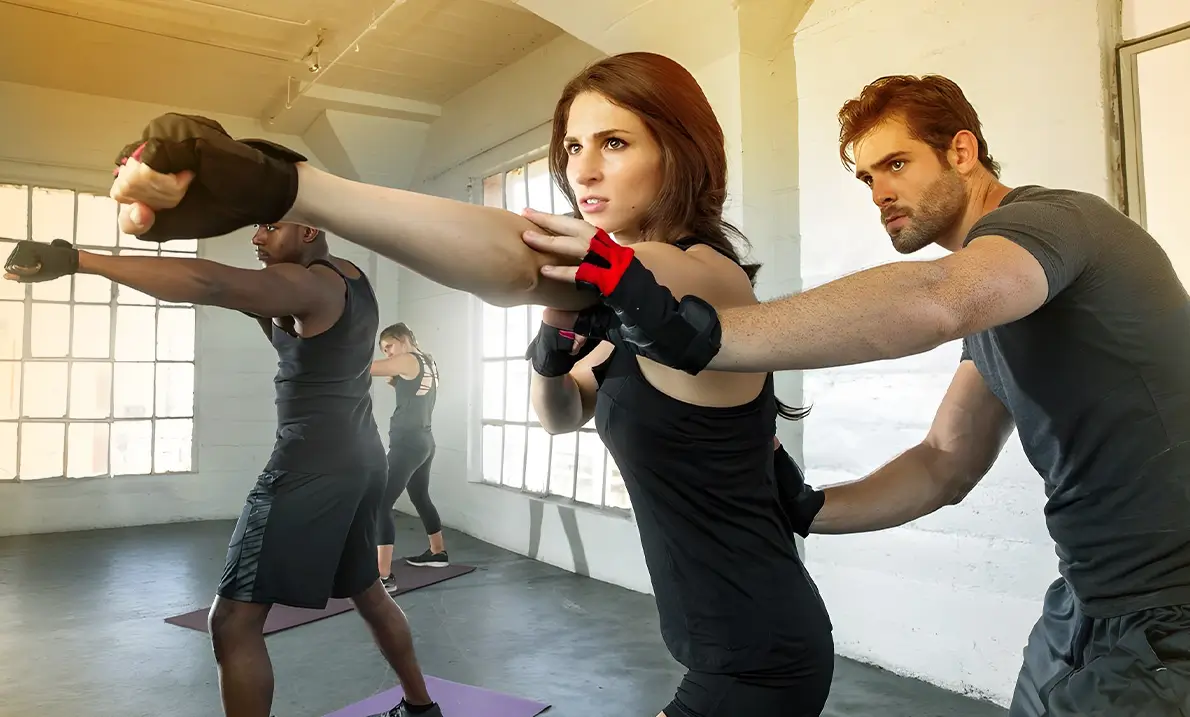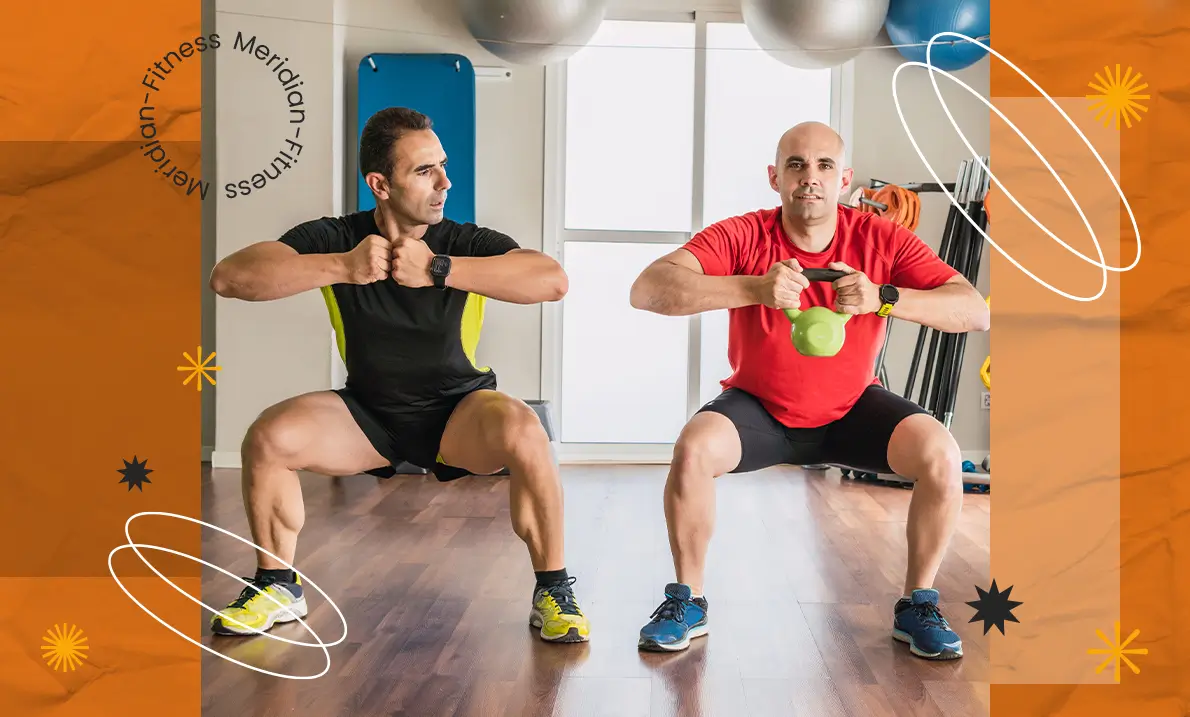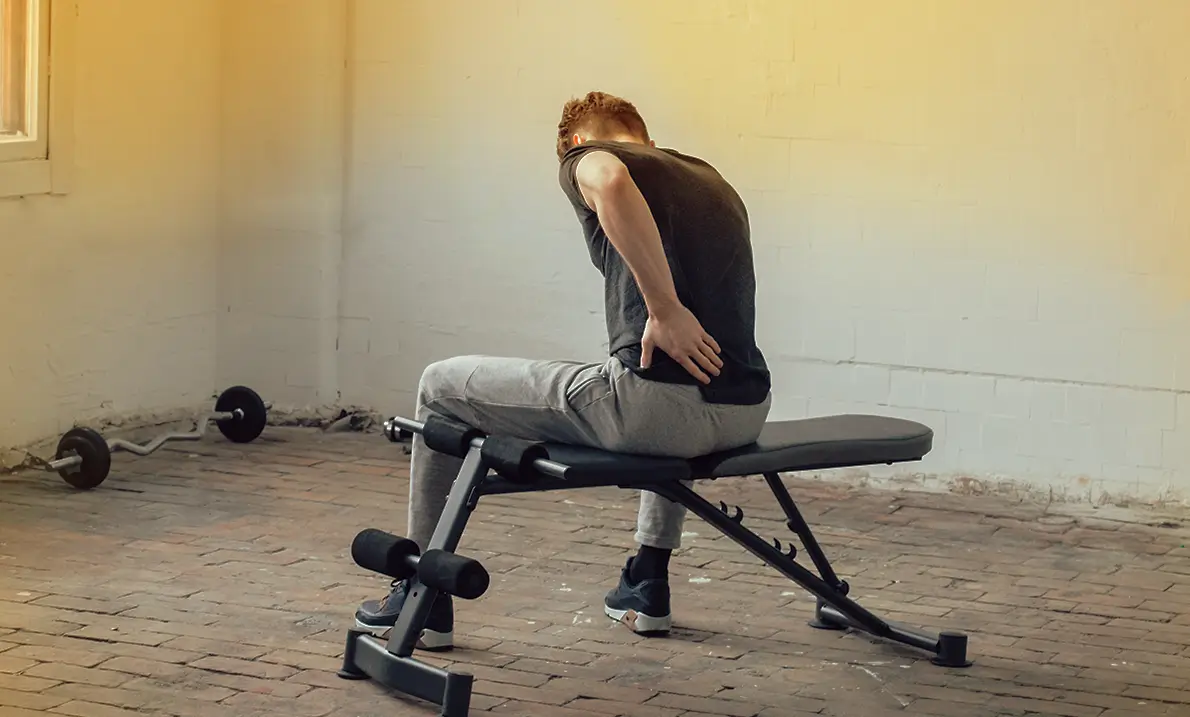Are you ready to restart your gym? We get it! The thought of returning to the gym after a break can be a bit daunting. But don’t worry; we’ve got your back with some tips to help you ease back into your fitness routine. Whether you’re a seasoned pro or just starting out, these tips will help you ease back into your fitness journey without any hiccups.
Getting Back To The Gym After The Long Time
If you have planned your comeback to fitness journey, then working out with the trainers or starting from the fitness classes is the best choice. It will ensure that your workout is safe and injury free. Moreover, this time, you are not alone. We will guide you on how to avoid injuries and go back to your older and even better physique and fitness.
Take It Easy
After taking some time off, your body is not strengthened enough to take a jolt or go for HIIT or circuit training class from the first day. Hence, it is better to start with an easy and low-intensity workout.
If you push yourself too hard, you might injure yourself or worse. If you’ve been unable to train due to any injury or medical condition, check with your general physician, GP, or physiotherapist prior to starting your gym.
Find Exercises You Enjoy
Starting the gym alone can be more boring than joining the gym with people who share your goals! Hence, many fitness coaches advise joining a class, whether you are joining it for the first time or joining it after some time.
Don’t Be Too Hard, Start Low
We often compare our weak selves with our older and stranger selves, which is a totally common human trait! But do not put too much on your shoulders, and always start slow! With time, your body will start gaining strength, and you will be able to cope with your prior self.
A Quick Guide To Avoiding Injury When Getting Back To The Gym
The most common workout injuries that gym rats face are muscle pulls, shin splints, knee injuries, wrist sprains, and sprained ankles. Workout injuries can sideline even the most dedicated fitness enthusiast. But don’t let the fear of injury keep you from achieving your goals!

But don’t worry; these 10 tips will help you stay safe and injury-free as you hit the gym. Remember, a little prevention goes a long way in keeping your fitness journey on track.
1. Start From Warm-Up
Do you ever wonder why all workouts start with warm-up exercises? Well, it is right to prep your body for the actual workout. Warm-up exercises pump blood to the whole body, loosen joints, and improve movements. Altogether, they lower the chance of muscles ripping or twisting while doing the workout.
Additionally, warmup induces a protective mechanism in the muscle, minimising the risk of injury. Hence, it is always advised to warm up at least 10-15 minutes before the workout and prepare your body for the exercise to avoid injuries.
2. Cross Train Can Make A Big Change
Cross-training is a great way to choose which muscle to work on today and protect muscles from injury. The actual meaning of cross-training is to vary your workout daily. One day, you train your back and core, and the next, it will be legs and chest day. This way, you will avoid overworking your single muscle.
Moreover, repeating the same muscles every day can cause overuse injuries like tendonitis and shin splints. One more way to monitor your workout is to understand your body and listen to its sign language, as it will guide you in the right way.
3. Dress Right For Sports
Dressing comfortably and in close-fitting clothes, such as shorts, leggings, and T-shirts, provides many benefits over protecting against injuries. In addition, it improves blood flow, reduces muscle vibration, and supports muscle movements. Furthermore, they lower the chance of muscles pulling and lower the muscles soreness.
4. Monitor How Your Training Feels
When you finally return to your gym workout routine, you do not have to go for too many workouts; it will overwhelm you and often become the reason to quit. Moreover, if your last reason for quitting was some unfortunate incident or injury, then before joining again, you have to consult your general physician and physio.
It is advised not to overwork; instead, always start slowly and steadily increasing your weight and intensity level. Pay attention to your body form and elbow angles and concentrate on the group of muscles you are working on. Small details like keeping your wrists staring while lifting, hunching your shoulders, and tucking your elbows in can help a lot.
5. Do Strength Training

Strength training, such as weight lifting, 2 to 3 times a week will help your body gradually train muscles and start building their strength. Regular exercise isn’t just about building muscles; it’s a powerful tool for overall health. Each week of consistent workouts helps your body handle tougher challenges and offers a wide range of benefits.
Additionally, focusing on regular strength training will improve your posture and enhance balance. It will also help increase bone density, reduce the risk of injury, and boost energy levels. Altogether, you will notice improvements in your mental well-being, a lower risk of falls, and even a longer, healthier life.
6. Gym Gears For A Pain-Free Workout
Choosing the right gym gear is essential to preventing injuries and ensuring a comfortable workout. Here’s a breakdown of key items:
- Footwear: Select shoes specifically designed for your chosen activity to provide adequate support and cushioning.
- Helmets: Always wear a helmet if you’re cycling or engaging in activities that involve a risk of head injury.
- Gloves: Gloves can improve your grip, prevent blisters, and protect your hands during weightlifting or other exercises.
- Knee Pads: If you have knee pain or are doing exercises that put stress on your knees, kneepads can provide extra support and protection.
- Belly Belt: A belly belt can help support your back and core during heavy lifting.
7. Work With The Trainer
A qualified trainer can be invaluable in your fitness journey. They can:
- Assess your fitness level and goals
- Design a personalised workout plan
- Teach you proper form and technique
- Monitor your progress and make adjustments as needed
- Provide motivation and support
Working with a trainer can help you avoid injuries, maximise your results, and make your workouts more exciting and smooth.
8. Keep Yourself Hydrated
Think of water as your body’s sports drink – it’s essential for top-notch workouts. Here’s a winning hydration game plan:
Pre-game: 17-20 ounces of water 2-3 hours before you start.
Warm-up: 8 ounces 20-30 minutes before you hit the gym.
During the game: Sip on 8 ounces every 10-20 minutes while you exercise.
Cool-down: 8 ounces within 30 minutes after your workout.
Remember, staying hydrated keeps your body running smoothly and helps you get the most out of your fitness routine!
9. Prior Right Recovery Time & Cool Down
Cooldown exercises are as important as warm-up exercises. They gradually bring your heart rate, breathing, and body temperature back to normal, helping regulate blood flow and prevent blood from pooling in the lower extremities.
10. Keep your Diet Right
Diet plays an important role in muscle recovery and overall health. Proper nutrition helps repair and rebuild muscle tissues that are broken down during exercise. Focus on consuming a balanced diet that includes lean protein, complex carbohydrates, healthy fats, and plenty of fruits and vegetables.
Speedup Recovering From An Injury
Injuries are indeed a common part of an active life routine. From knee injuries to sprints, they give us very bizarre feelings, especially when they take us away from our usual lives. Which then leads to a drop in our strength and fitness levels.
Remember that everyone’s body and injuries are unique, and so is their healing process. However, the more carefully you stay and consult with your medical professional, the quicker you will heal. Once you get the green signal to start your rehab physical therapies, follow the following:
Increase Pain-Free Range Of Motion
Avoid all those movements and exercises that cause pain and strain on your muscles. Instead, engage in gentle and easy movements that improve blood circulation in the body. This will detox your muscles, boost your recovery, and help heal muscles from within.
Try Low-Impact Cardio

Instead of high-intensity cardio workouts, begin with gentler activities. Walking, cycling, swimming, or using the elliptical machine are all excellent choices. These exercises enhance blood flow to injured areas, aiding in the healing process without straining your recovering injury.
Begin With Bodyweight Exercises
When you’re ready to start strength training again, begin with simple bodyweight exercises to get comfortable with the movements. If you can do these without pain, gradually add weights. To prevent setbacks, don’t try to lift the same weight or work out as intensely as you did before your injury.
Bottom Line
To sum up the whole guide, we would say that when returning back to the gym, try to:
- Always start with the cardio and proper warm-up
- Cross-train your body
- Prefer to work with a professional personal trainer
- Keep yourself hydrated and take a protein diet
Moreover, professional trainers can greatly help you to get back to the gym safely and recover better. Hopefully, these tips have helped you feel more confident about returning to the gym. If you’d like a personalised recovery plan, consider talking to one of our personal trainers. They can help you recover faster and avoid getting hurt again.








